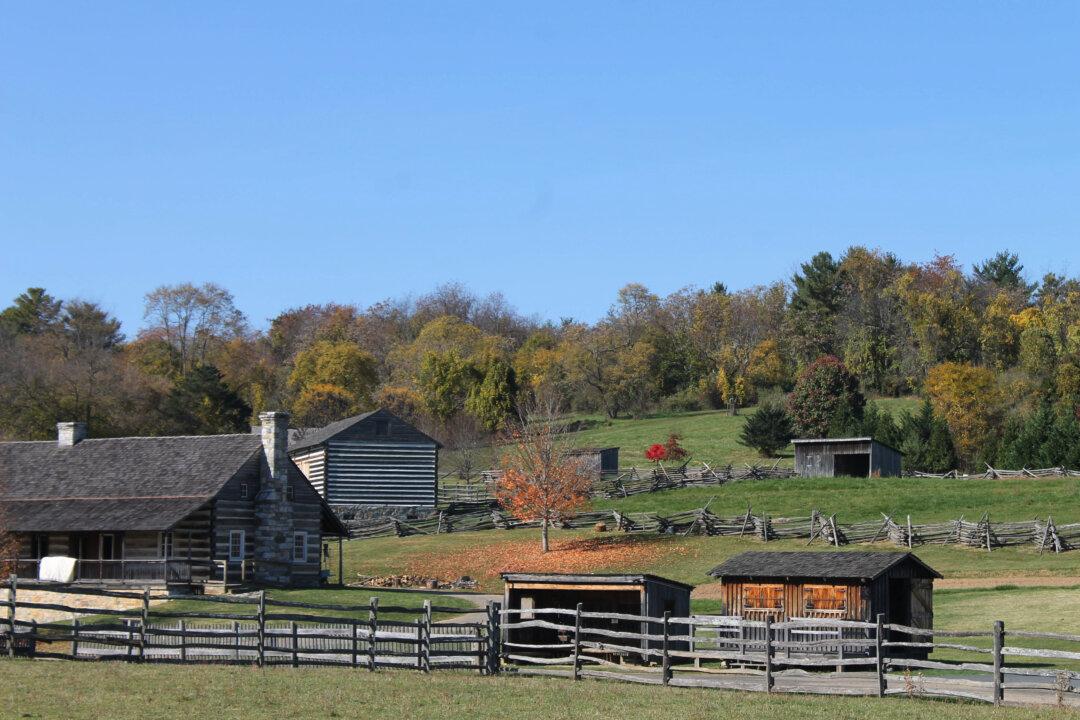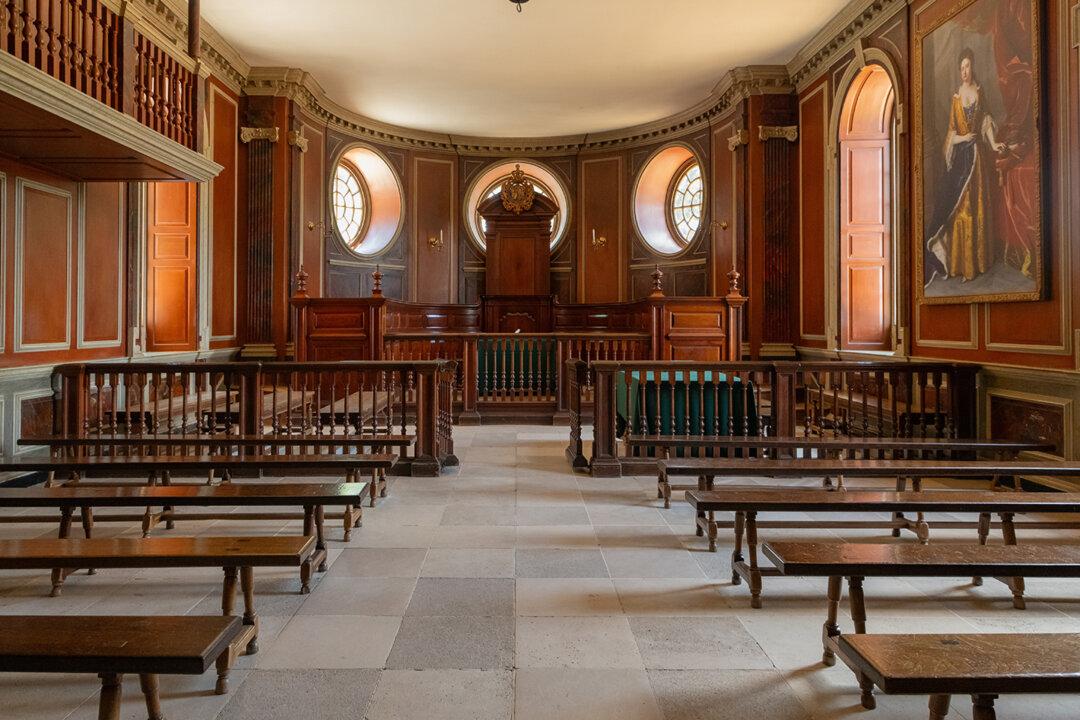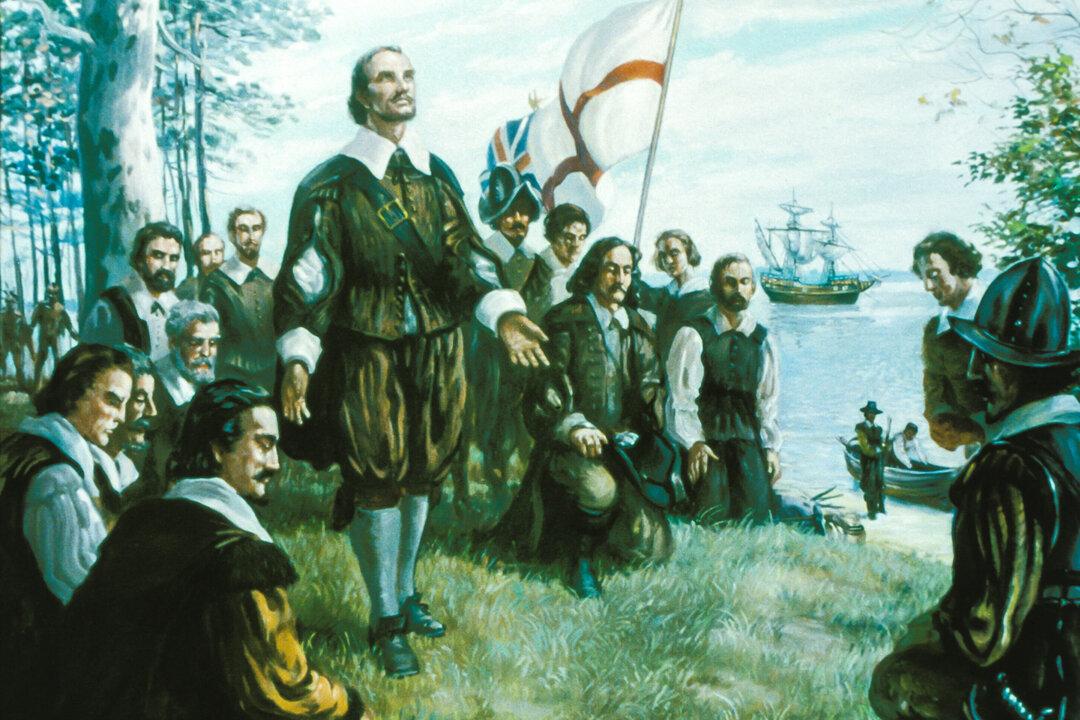Historian David McCullough once said that Virginia’s Frontier Culture Museum “is the only place of its kind in the world.” With its unique hands-on exploration of America’s beginnings, the living museum is a celebration of “E Pluribus Unum”—“Out of Many, One.” It traces the roots of the different peoples who traveled here. By reconstructing their former homes and way of life—from West African thatched huts to timber-framed European farmhouses—the museum showcases the unique contributions each culture made to America.
Situated in Staunton, Virginia, along the path of Shenandoah Valley’s Great Valley Wagon Road, the Frontier Culture Museum shows how different peoples traversed this path and contributed to the building of a new nation. Traveling from different countries across the ocean, some sought opportunity or fortune, some escaped famine and oppression, and others came as captives after they were sold into slavery. But all the immigrants brought something to this land—a permanent part of the American story.





